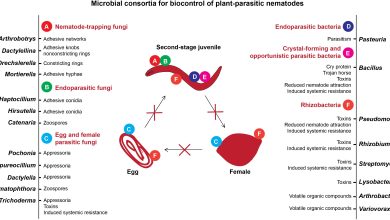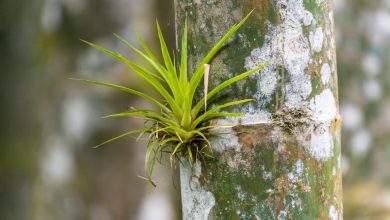How does the moon influence plants?
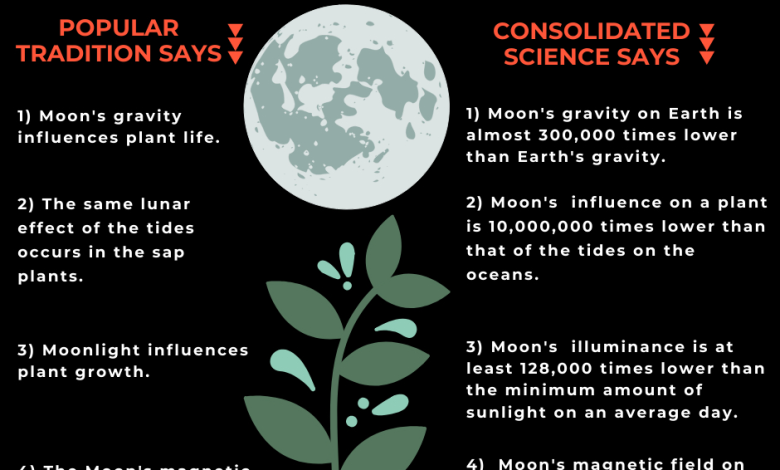
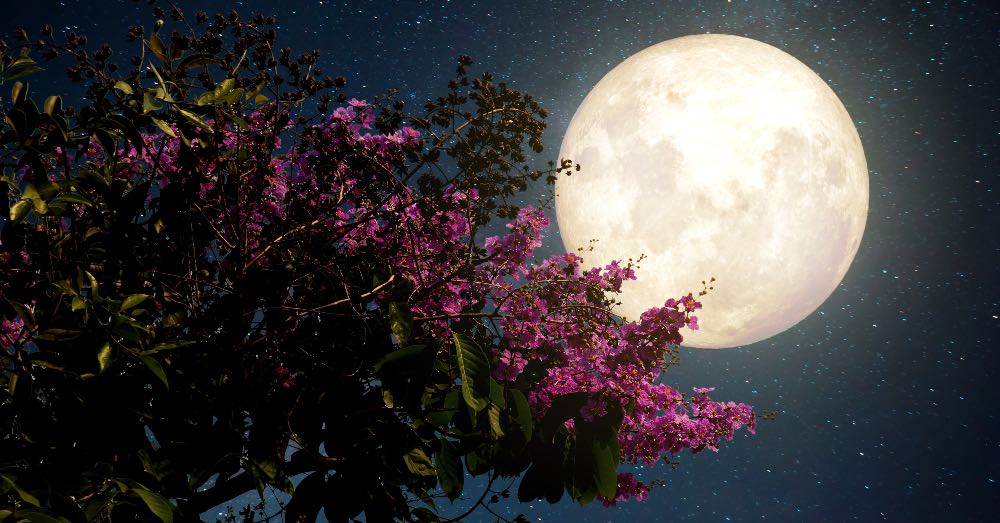
It is one of those phrases that we hear and to which, on many occasions, we do not give too much credibility. How the moon influences plants is not only part of our popular culture. The lunar cycles are a true guide for the agricultural world throughout the world. A pattern that is repeated in different cultures from extremely distant places on the globe and, furthermore, throughout the centuries. If something has such a journey it can’t be wrong, or maybe it is?
Interestingly, how the moon influences plants is not the only question raised about the powers of this Earth satellite. If it is capable of altering the tides, if it influences human behavior or if it modifies the cycles of the female body, these are some of the recurring doubts in which reality and legend intermingle. So, leaving aside any mystical aspect or if it really alters the human character, there is a reality supported by science: the moon has a series of repercussions on certain aspects that affect our lives. And yes: one of them is, precisely, its influence on plants.
Although it may seem like a matter of magic, how the moon influences plants could be purely a matter of physics. Something that, despite detracting from the charm of its invisible powers, allows us to rationally understand its scope over the plant world.
ITS LIGHT: THE KEY TO HOW THE MOON INFLUENCES PLANTS
Understanding how the moon influences plants involves understanding how its light influences them.
A priori, we could think that the night lighting of the satellite is what promotes the development of plants. And it would be logical to think so: although in the dark, we could think that the light of the moon is capable of starting the photosynthesis of plants. And, although it could be possible, in reality it is not. The maximum lighting capacity of this fascinating satellite when it is perceived as a full moon is not enough to activate this mechanism of plants.
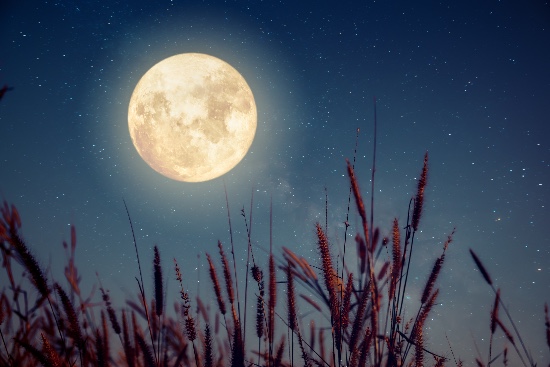
But plants do not live by photosynthesis alone! Although the light intensity of the moon is not enough for her, she does have another extraordinary capacity. And it is that this scarce energy of light of the moon does have an influence on the photoperiod. A term less known than photosynthesis, but one that is extremely important in the development of plant species. And it is that the name does nothing more than bring together those processes that regulate the biological functions of plants. Some in which the alternation of day and night is as important as the seasons themselves.
Although moonlight does not influence photosynthesis, it can alter the photoperiod of plants. Or, put another way, that it can stimulate the production of a plant-specific protein that acts as a receptor for light. And how is this purely biological detail translated into the development of a plant? Simply put, keeping the plant sap moving the same way it would during the day.
HOW THE MOON INFLUENCES GARDEN PLANTS ACCORDING TO ITS PHASES
When we are interested in knowing how the moon influences plants, it is not usually to take care of our ornamental plants. Knowing its influence usually seeks fundamentally to make use of its benefits in the cultivation of garden plants. What’s more: those who consider how to start an organic garden continue to be guided by the lunar calendar to carry out a good number of tasks faithful to custom.
According to agricultural tradition, the different phases of the moon can have different effects on our crops. And it is logical: the intensity of the moonlight is not the same when it is full or when it is in any of its quarters. That is why the lunar phases have a specific weight in the mobilization of sap to which we alluded. And not only that: the moon itself could even guide what we should or should not do with our garden plants.
So let’s know how the moon influences plants according to its different phases. And even what we should or should not do according to the lunar calendar.
1. Full moon, the height of foliage
It is the moment in which the moon emits the greatest amount of light possible. Something that, at the plant level, translates into a greater mobilization of sap and water.
In addition to this visible development, it is considered a good time to fertilize, transplant and even harvest. It is also considered a good time to eradicate weeds from the garden or orchard.
2. Last quarter, the phase of the roots
When the moon begins to wane, the intensity of its light also decreases. A progressive decline that, however, also has an impact on the development of the roots. A good reason to plant and harvest root crops, such as carrots, at this stage.
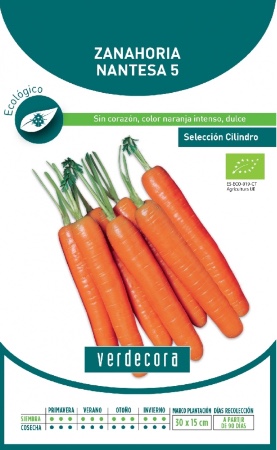
Not only is it a good time to transplant. In addition, it is also an ideal phase to prune or to know how to make cuttings that grow successfully. With less light, there is less sap in circulation and less water in the tissues. Not only will the plant bleed less: in addition, the hormones that promote the development of new roots are at an ideal time to multiply our plants.
3. New moon, the moment of stagnation
The moon is not present and therefore the photoperiod is not altered. The sap is not in motion, so we could say that our garden plants are at rest.
Despite this, this break in the growth of our plants is the ideal time to eliminate suckers.
4. Fourth crescent, another of the most active phases for the orchard
The light, although discreetly, reappears; and affects foliage and roots in equal parts. For this reason, it is usually considered a good time to prepare our urban garden in seedbeds, but also for crops whose consumption is focused on the aerial parts, as is the case with lettuce.
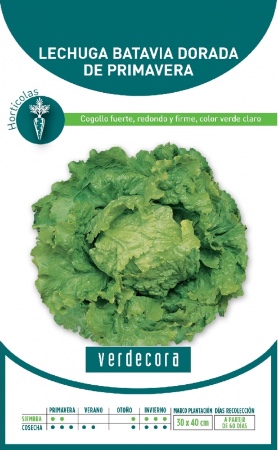
It is also an ideal time to fertilize, since the plants are more receptive to absorb nutrients.
And now that you know how the moon influences plants, do you dare to join the oldest cultivation tradition that exists?

![Photo of Prune Fruit Trees: [Importance, Season, Tools, Considerations and Steps]](https://www.complete-gardening.com/wp-content/uploads/2022/08/prune-fruit-trees-importance-season-tools-considerations-and-steps-390x220.jpg)
